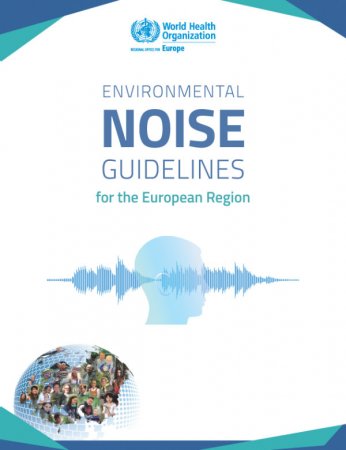Information about the effects of the changes to the WHO Guidelines released in 2018 especially in relation to neighbourhood noise.
Historically a number of consultants have applied the WHO Guidelines for Community Noise 1999 guideline values1 to individual sources of neighbourhood noise affecting humans in dwellings including industrial, recreational and entertainment sources. There may be many reasons for this but the consequence is that such an application typically allows more noise, operations or activities leading to increased land use conflicts. This is contrary to national noise policy (Noise Policy Statement for England 2010) which seeks to minimise noise through the implementation of sustainable development.
At MAS we have significant experience of observing and assessing neighbourhood sources of noise including industrial (blanking presses, electricity substations, metal recycling etc,), recreational (clay target shooting, motor sport, gymnasiums, activity centres etc.) and leisure noise (public houses, night clubs, concerts etc.) affecting humans in dwellings. The direct application of the WHO 1999 guideline values to individual sources of neighbourhood noise (i.e. single exposure scenarios) understates the impact of noise in those cases. In 2015 Daniel Baker from our team submitted a technical note discussing why this kind of misuse of guidance is such a problem when applied to specific sources of neighbourhood noise (in this case industrial noise). The focus of the technical note was the application of various guidance to existing sources of noise affecting residents and the results showed how applying the WHO guideline values to individual sources of industrial noise underestimated impact. After disagreement with other parties regarding his technical note, now in 2018 Daniel has provided a follow up technical note which is available from the Journal of Applied Acoustics (https://doi.org/10.1016/j.apacoust.2018.09.005) and an accepted for publication version on his personal website danielbakernoise.uk
The WHO Environmental Noise Guidelines for the European Region 2018 were published in October 2018 explaining that there is insufficient evidence on which to provide (decibel exposure) recommendations for the prevention of health effects from industrial and other community noise (ventilation systems, animals, commercial, recreational and occupational activities etc.)
For more information about the technical note and response see danielbakernoise.co.uk

1 - WHO Guidelines for Community noise 1999 table 1 specific environments for outdoor living area, dwelling indoor, inside bedrooms and outside bedrooms.
